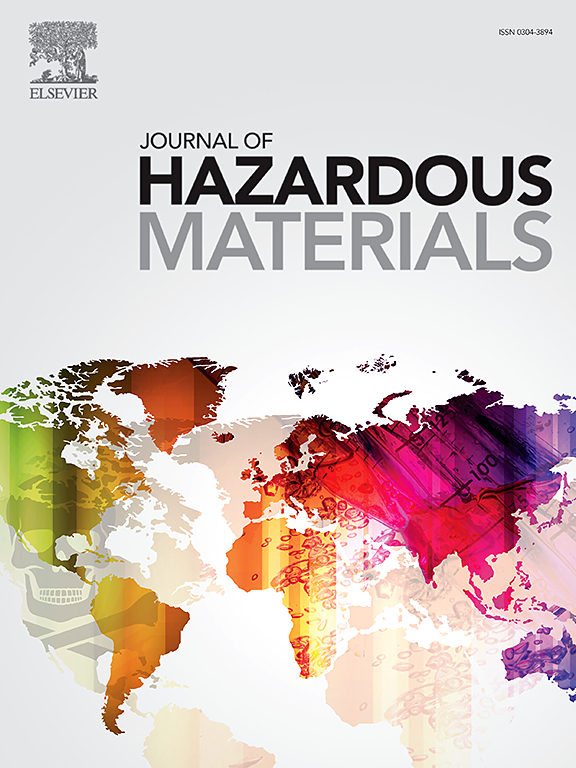Mercury Accumulation and Biomagnification in the Barn Owl (Tyto alba) Food Chain
IF 12.2
1区 环境科学与生态学
Q1 ENGINEERING, ENVIRONMENTAL
引用次数: 0
Abstract
Mercury (Hg) accumulation and biomagnification in the barn owl (Tyto alba) food chain were investigated using bioindicator samples from three trophic levels: 1) soil and moss (atmospheric deposition indicators), 2) small mammal fur from regurgitated pellets (herbivores and omnivores), and 3) barn owl down feathers (apex predators). Spatial analysis identified regional Hg variation in soil, fur and feathers. Statistical models explored the effects of proximity to water bodies, wetlands and nearby pollution sources. The highest total Hg (THg) concentrations were found in feathers (170 ± 160 µg kg-1, n=246) and fur in regurgitated pellets (150 ± 200 µg kg-1, n=150), followed by soil (63 ± 17 µg kg-1, n=63). Bioaccumulation factors were 2.3 (soil to fur) and 2.7 (soil to feather). Biomagnification factor from fur to feathers was 1.8. Methyl Hg (MeHg), measured in a subset of samples, was 120 ± 130 µg kg-1 in fur (n=29) and 150 ± 98 µg kg-1 in feathers (n=42), with 75-97% of THg in feathers as MeHg. Prey composition significantly influenced fur THg levels, with higher concentrations in diets with omnivorous prey (Apodemus flavicollis) compared to herbivorous prey (Microtus arvalis). These findings highlight the importance of diet in Hg monitoring and biomagnification studies.

求助全文
约1分钟内获得全文
求助全文
来源期刊

Journal of Hazardous Materials
工程技术-工程:环境
CiteScore
25.40
自引率
5.90%
发文量
3059
审稿时长
58 days
期刊介绍:
The Journal of Hazardous Materials serves as a global platform for promoting cutting-edge research in the field of Environmental Science and Engineering. Our publication features a wide range of articles, including full-length research papers, review articles, and perspectives, with the aim of enhancing our understanding of the dangers and risks associated with various materials concerning public health and the environment. It is important to note that the term "environmental contaminants" refers specifically to substances that pose hazardous effects through contamination, while excluding those that do not have such impacts on the environment or human health. Moreover, we emphasize the distinction between wastes and hazardous materials in order to provide further clarity on the scope of the journal. We have a keen interest in exploring specific compounds and microbial agents that have adverse effects on the environment.
 求助内容:
求助内容: 应助结果提醒方式:
应助结果提醒方式:


